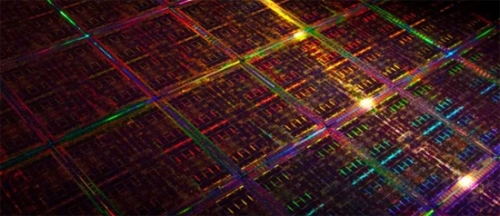 Last week, NVIDIA announced the acquisition of Icera, a baseband chip developer, for $367 million. The intention is that everyone understands clearly that NVIDIA will integrate baseband chips in Tegra processors in the future to increase its competitiveness in the smart phone market and help handset/tablet makers reduce R&D difficulty and manufacturing costs.
Last week, NVIDIA announced the acquisition of Icera, a baseband chip developer, for $367 million. The intention is that everyone understands clearly that NVIDIA will integrate baseband chips in Tegra processors in the future to increase its competitiveness in the smart phone market and help handset/tablet makers reduce R&D difficulty and manufacturing costs. However, at the NVIDIA quarterly earnings conference call held last week, Huang Renxun said that the company did not plan to let Tegra immediately begin to try to integrate baseband chips, but wanted to package Tegra and baseband chips produced by Icera. As he said in the acquisition press release: "NVIDIA will be able to provide two main processors in a smartphone at the same time, and have the opportunity to double their revenue on each mobile device."
Huang Renxun said in the conference call: “With regard to integration issues, we have not yet planned to integrate Icera's baseband modulation and demodulation circuits. We believe that providing two most important chips for mobile devices at the same time will give us an opportunity to enhance Tegra’s influence. The extensive support that Icera has acquired from global operators will also help the future of both processors."
Before the baseband product line was not won, NVIDIA had stated that Tegra is mainly for mid- to high-end products. The demand for integrated processor chips for application processors is not high. Customers want the strongest performance and most abundant functions. For example, a variety of "SuperPhone" super phones, including the Tegra 2 processor, and the Apple iPhone 4, iPad, and iPad 2 are all designed using an application processor and baseband separation.
Now, NVIDIA does not seem to have changed its view. Huang Renxun said: "At present, most of the projects we are developing, whether it is a tablet or a super mobile phone, adopt a dual-processor discrete design that allows us to match the best application processor according to different needs. If you look at the current market, The vast majority of super phones and tablets, application processors and baseband processors are also separate designs."
Of course, in order to increase market share, NVIDIA also needs low-end market. In these more cost-sensitive products, the application processor integrated baseband design is obviously more popular. "Of course we have the ability to integrate. We will observe market trends, decide when to integrate baseband to achieve the smallest chip area, or the lowest cost. Once the opportunity comes, we will certainly do so, and we have now This ability.†Huang Renxun also did not deny the possibility of integration in the future.
Yifa Stud Welding Equipment Co., Ltd. , http://www.yfweldingmachine.com